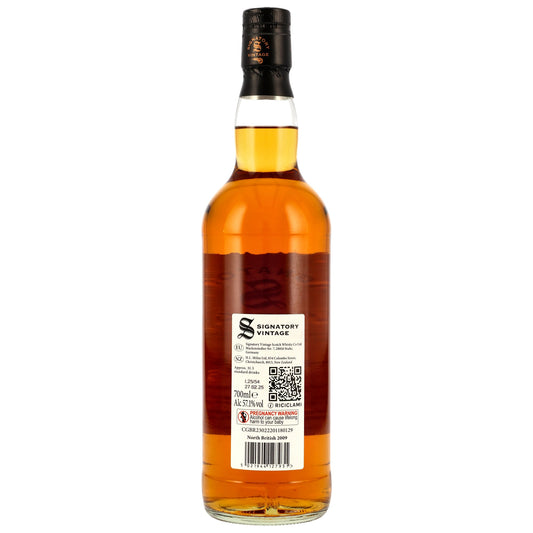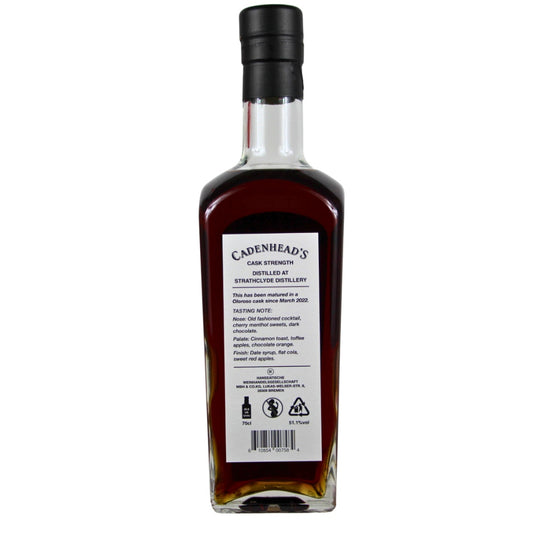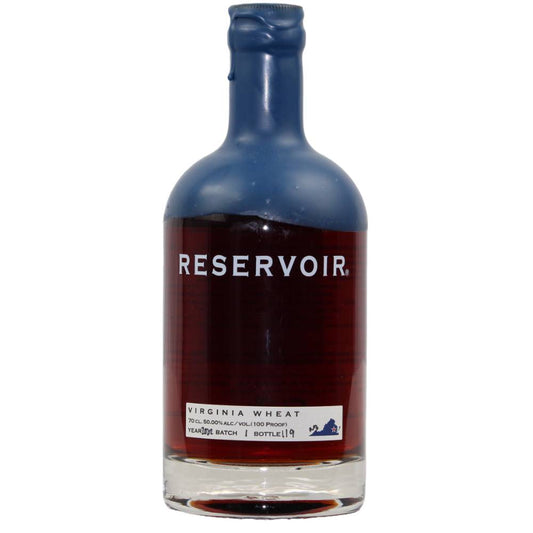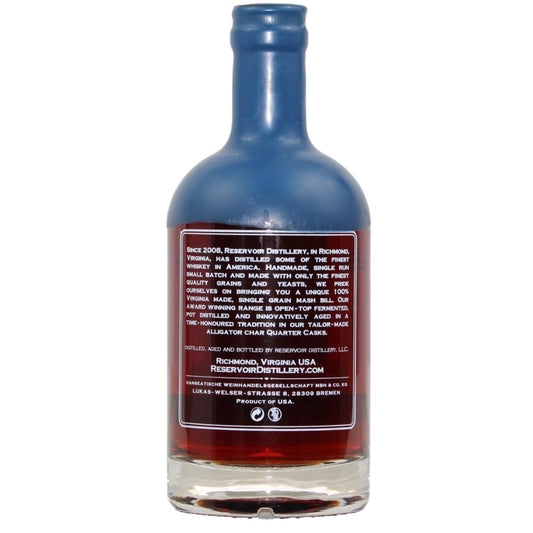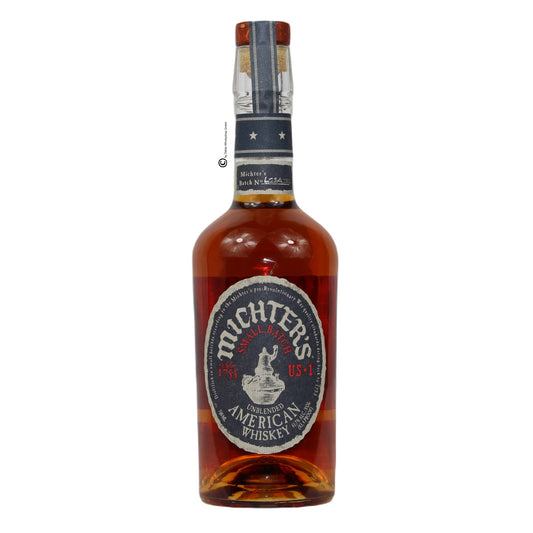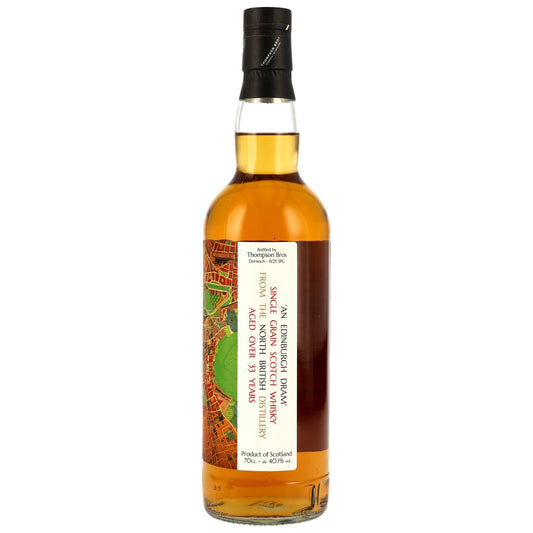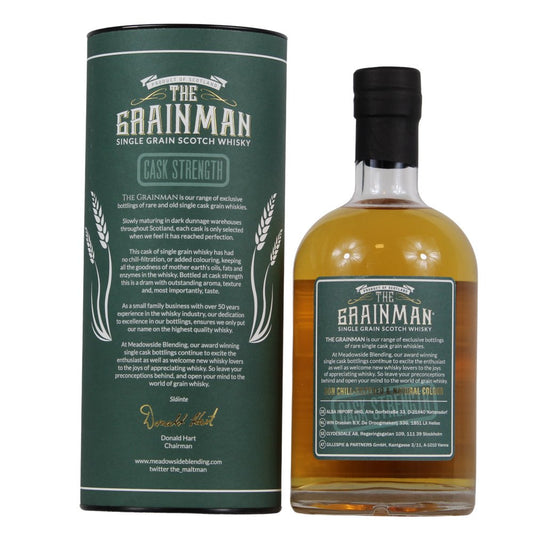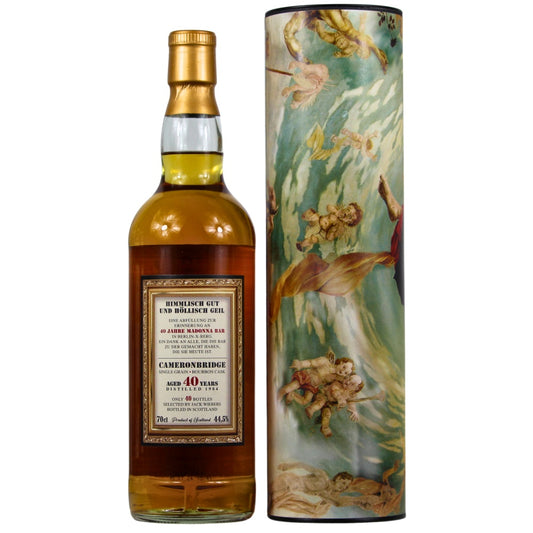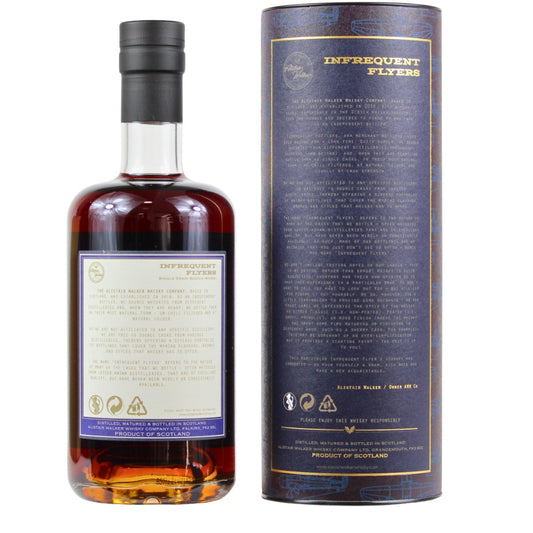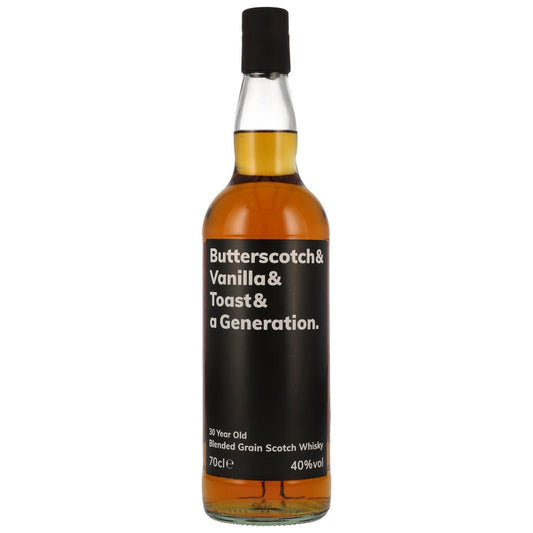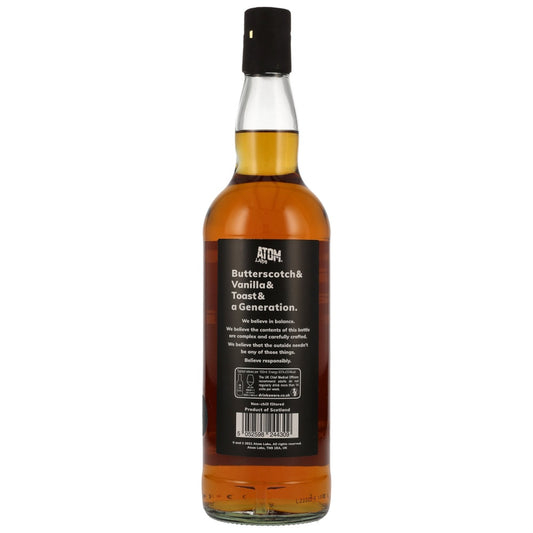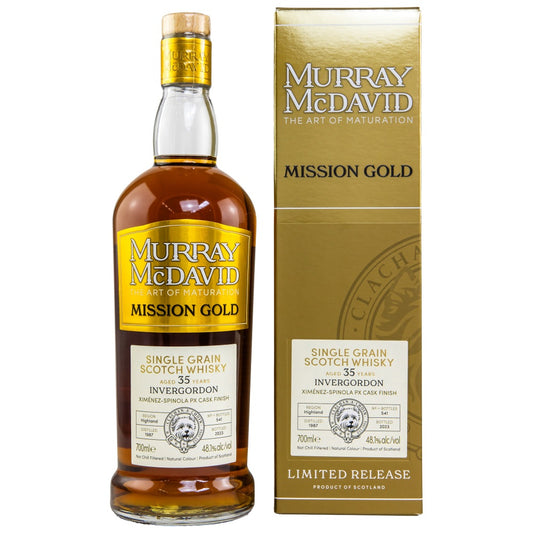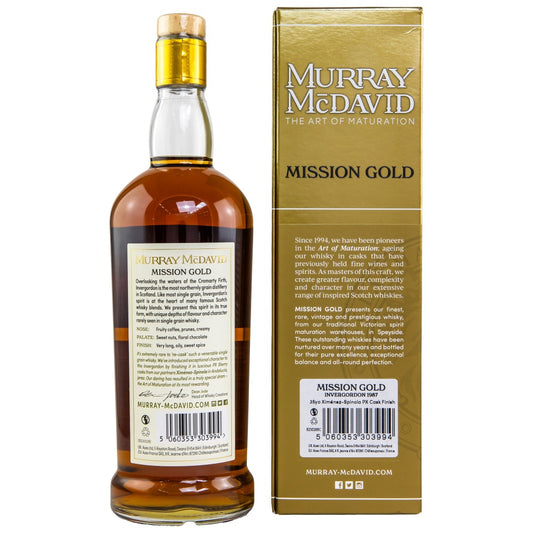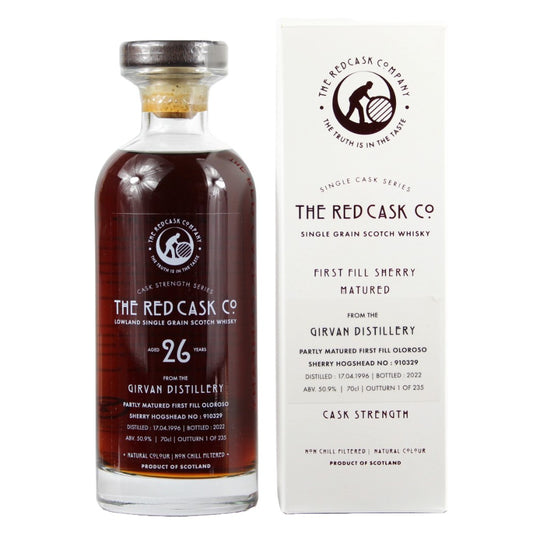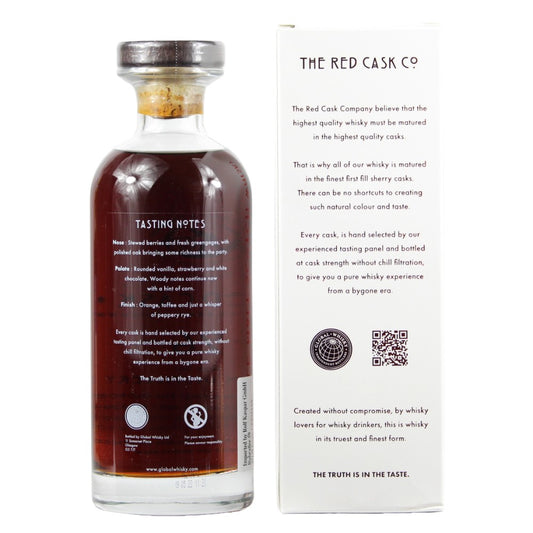Understanding Grain Whisky: An Introduction to the Underrated Type of Whisky
Grain whisky is often the unsung hero in the world of whisky. While malt whiskies enjoy much attention for their complex flavor, grain whisky plays an equally essential role, especially in the production of many blends. But what exactly is grain whisky, and why should we take a closer look at it?
What is grain whisky actually?
Grain whisky is made from various grains such as corn, wheat, barley, or rye, while malt whisky consists exclusively of malted barley. Furthermore, grain whisky is distilled in a continuous column still, making it more efficient and less expensive to produce than malt whisky, which is produced in traditional pot stills. This is one of the main reasons why aged grain whiskies are available at great prices in our online shop.
The taste of grain whisky is often lighter and milder, making it an ideal base for blended whiskies. At the same time, it also offers connoisseurs the opportunity to discover its smooth and creamy flavors neat.
The history of grain whisky
Grain whisky began its rise in the 19th century when Aeneas Coffey introduced the Coffey Still, or Patent Still. This technological innovation made it possible to produce whisky more quickly and cost-effectively.
This change initially met with resistance from traditional distilleries, but its cost-effective production and smoother flavor opened up new markets, especially for blended whiskies. Today, grain whisky is an integral part of the whisky industry and is enjoyed both neat and in blends.
How is grain whisky made?
The production of grain whisky differs significantly from that of its malt counterpart. Here's an overview of the key steps:
1. Selection of grain
Grain whisky uses a variety of grains, including corn, wheat, and barley. This blend results in a lighter and often sweeter base character.
2. Malting and mashing
Unlike malt whisky, not only malted barley is used. All grains used are ground, mixed with water, and converted into sugar under heat.
3. Fermentation
The resulting liquid, called "wort," is mixed with yeast to convert the sugar into alcohol. This process takes about 48 hours.
4. Distillation
This is where the Coffey still comes in. Compared to the traditional pot still, the Coffey still allows for continuous distillation, resulting in a purer and lighter distillate.
5. Maturation
After distillation, the whisky is aged in oak barrels. Often, former bourbon barrels are used, which impart gentle vanilla and wood flavors to the whisky. Maturation is crucial for developing the final flavor profile.

 Shipping in 3 days
Shipping in 3 days









